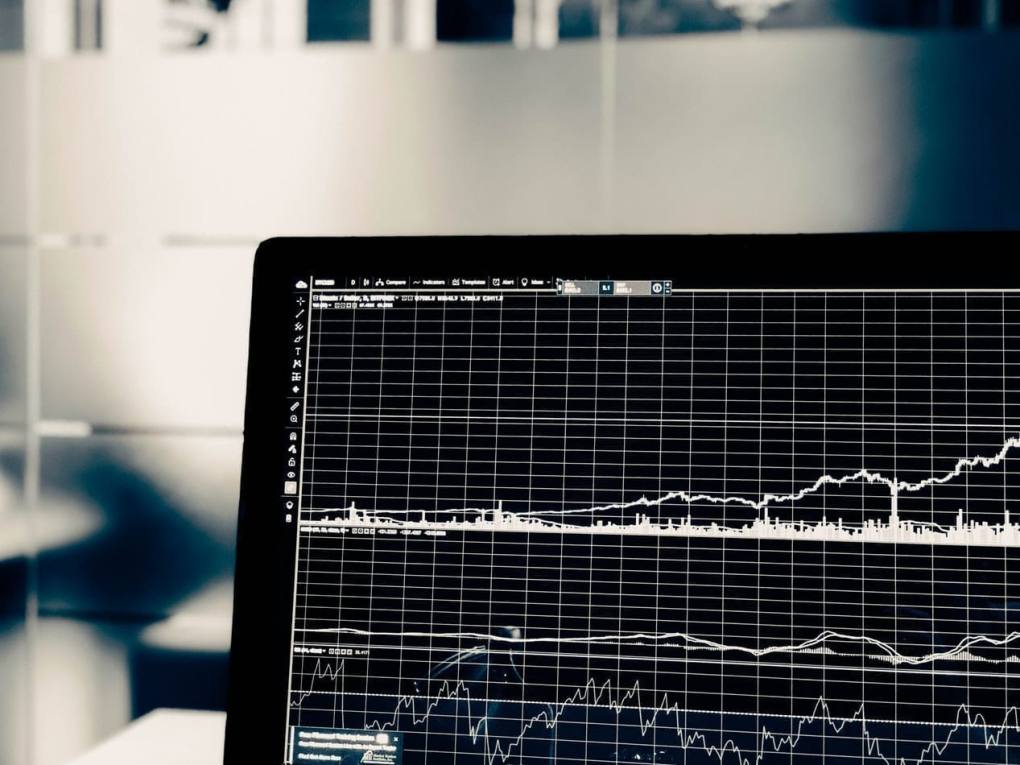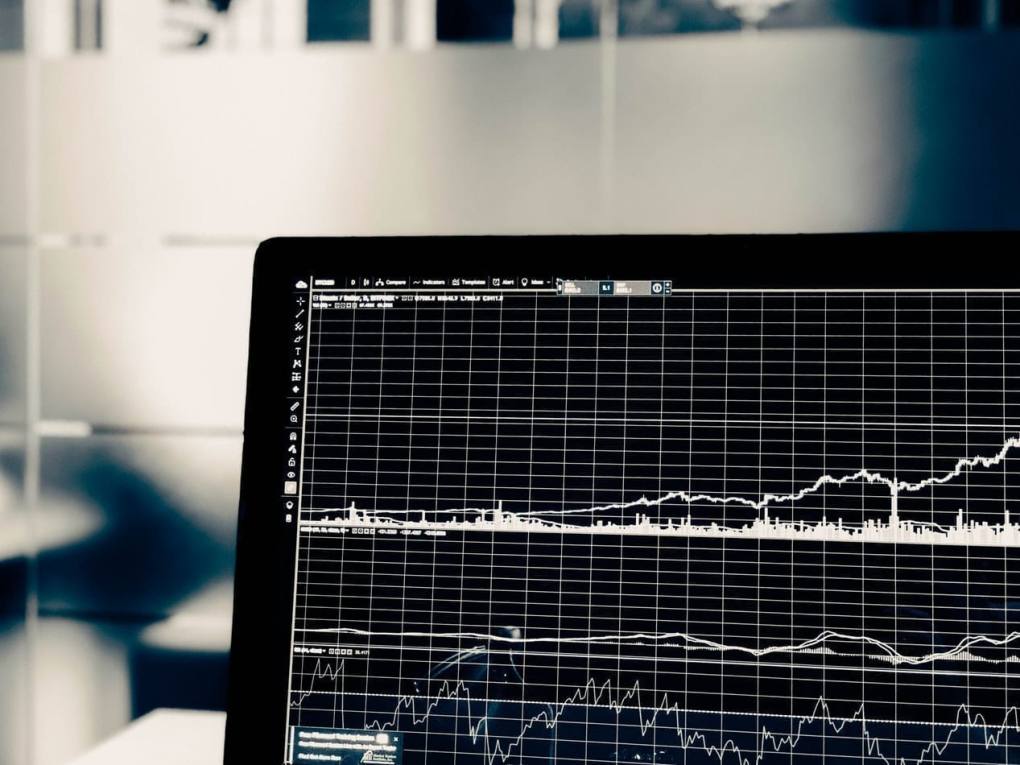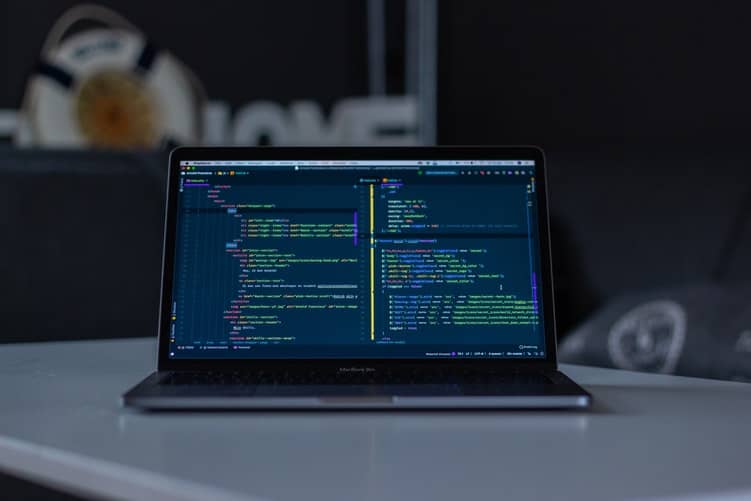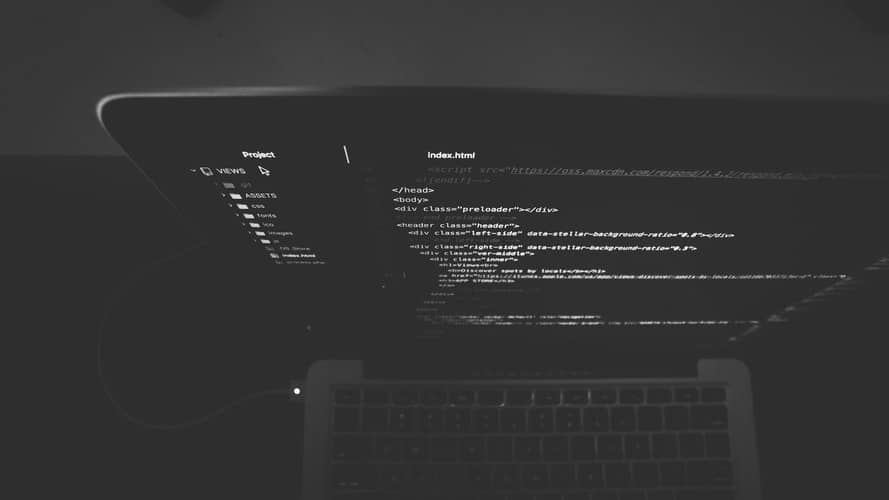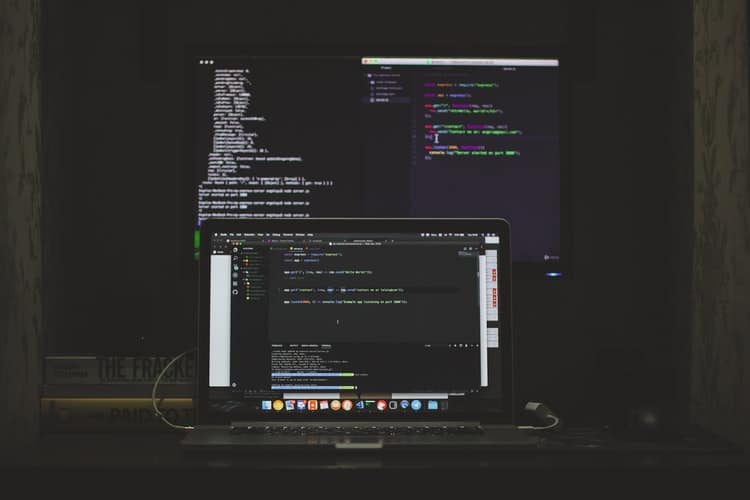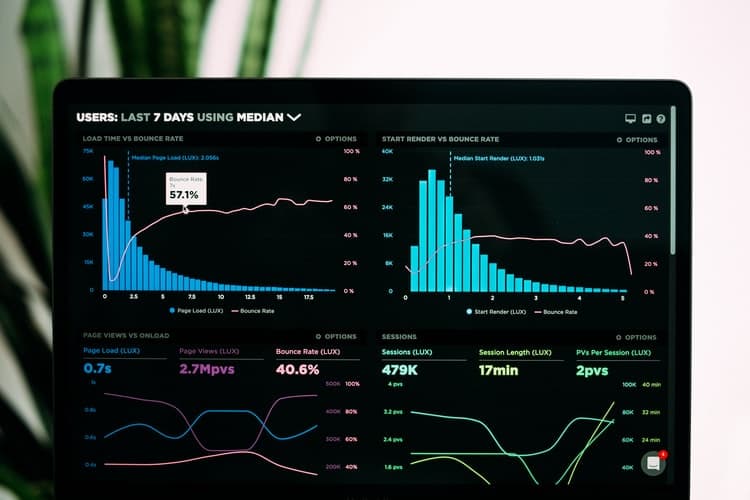How to Learn Spark
Have you ever come across a data-processing task? Or, do you ever wonder how terabytes of data are processed and stored in distributed storage systems? Such tasks require a powerful, intelligent management solution to help reduce costs and increase efficiency. Spark is one such open-source distributed computing solution — it helps quickly store and process Big Data. In this guide, we’re
How to Learn Data Analytics
Data is everywhere on the internet. This web page is full of data. When you send an email, you create data. Some people and businesses collect data for a specific purpose and analyze their findings using data analytics. Such data can help businesses and individuals solve problems, answer questions, and improve their websites and services. In this guide, we’re going to
How to Learn Julia
Julia, which started development in 2009, is today a popular programming language. Julia is used by millions of data science and statistical computing developers around the world. The programming language is dynamic because it is designed with efficiency in mind. How do you learn Julia? That is the question we are going to address in this article. First, we will discuss
How to Learn Pandas
Are you interested in finding correlations between data points or discovering trends in data? Do you want to import data from various file types and then analyze and visualize that data? And finally, do you want to learn a skill that translates well to a career in data science and data analysis? If you answered “yes” to these questions, you should
How to Learn Tableau
Have you ever wondered how developers turn data into charts and dashboards? One of the more common solutions used to create such visualizations is Tableau, a visual analytics platform. Tableau makes it easy to present data in a way that people who do not know how to code can understand. This makes insights from data more accessible to others. In this
Data Analyst vs. Data Scientist: Two Data Careers Compared
Whenever you send an email, post a Tweet, run a search on Google, or buy something online, data is generated. In fact, data was generated as soon as you landed on this page, which tracks visitors. But, the data collected on the internet by itself is not very meaningful. In its raw form – which means before it has been analyzed
Learn Python for Data Science: A Guide
According to a study by KDnuggets, Python was used by 65.6% of data scientists as of May 2018. The study found that Python was the most popular programming language, followed by R. There are many reasons why Python has become so popular in data science. First, Python has an easy-to-use syntax, which means that acquiring the language is not as difficult as
Top 25 Python Interview Questions
Python is an in-demand programming language in the field of data science. In Stack Overflow’s 2019 Developer Survey, which studied the habits and preferences of over 90,000 developers, Python was found to be the fourth most-popular programming language favored by survey recipients. That’s not all: Python was the second “most loved” programming language in the study. While Python has a wide variety
What is Data Science?
Data is everywhere in modern society. When you run a search on Google, data is created; when you send a message to a friend, data is created; when you track your exercise data using a Bluetooth tracker, data is created. But, by itself, data is disorganized and has very limited utility. That’s where the field of data science comes in, which


